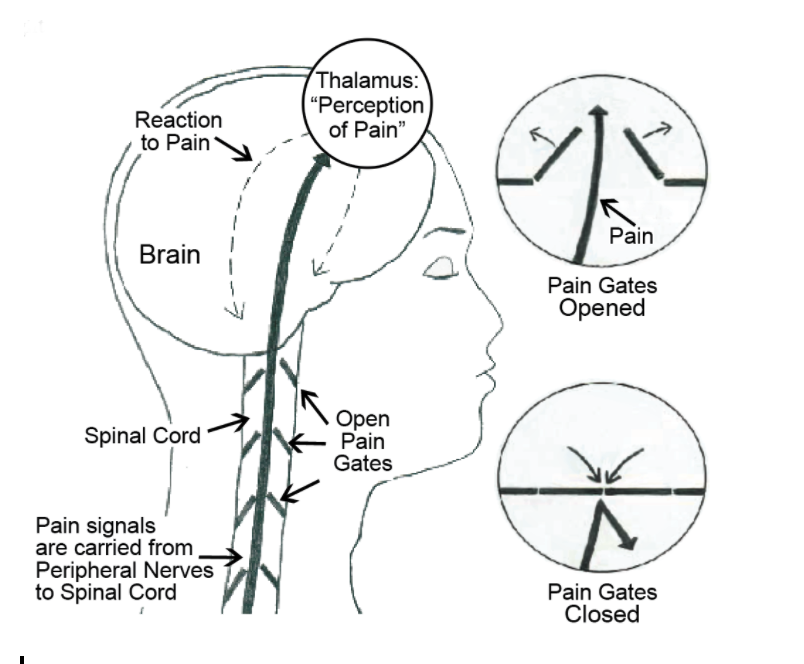By Shelia Biljes
Every city has a story, its very own history that locals take pride in and visitors come to marvel. So, what is Cleveland’s story? Well, it’s home of the Rock & Roll Hall of Fame and of the Cleveland Clinic Medical Center. That’s pretty cool!
It also boasts beautiful beaches on Lake Erie, the Terminal Tower, the Christmas Story House, and its cherished major league sports teams—the beloved Browns, champion Cavaliers and the former Indians, now Guardians.
All of that is a tourism bureau’s dream, but what about an organization less known to the masses, but oh, so very important to families with bleeding disorders? You would have to look over the Hall of Fame, past the Tower and beyond the stadiums to glimpse inside an ordinary building and find the Northern Ohio Hemophilia Foundation (NOHF), whose history is philanthropic, its place in the community it serves is treasured, and there is no admission charge!
NOHF has served the needs of the bleeding disorders community for over 66 years. Founded in 1954, it was just a social group of parents gathering in local venues, such as a library or someone’s kitchen table, to offer support as they struggled to raise children with hemophilia. From its humble beginnings to a quaint office, the chapter now serves 24 counties with over 300 members.
As a newly established organization, NOHF was funded by The Health Fund of Greater Cleveland, a non-profit that ran from 1959-1977 and covered 75% of the chapter’s operating costs. United Torch Services, later renamed United Way, took over the Health Fund in support of the chapter. The remaining costs needed to be covered by member fundraising, and the chapter rose to the occasion. The Rehab-Attic Shop was created as a way to meet the need. The shop sold second-hand items donated by chapter members and friends to raise funds.
The annual Hearts for Hemophilia event morphed into The Black and Blue Ball and is currently the largest fundraising event for the chapter. Organized yearly by Special Events Manager Dawn Evans, the event did not lose momentum even when due to COVID-19, it was held as a Zoom dinner and auction in 2020.
The Annual Meeting and Clambake occurred every fall throughout the 50’s and 60’s, evolving from park gatherings to meeting in hotel banquet rooms, eventually growing into an overnight stay to encompass enough time for education and socialization.
The Annual Meeting continues to this day with nearly 200 members gathering to learn more about ever-changing topics such as insurance, treatment options, joint health, and chapter and industry business.
NOHF is noted for its famous members: Jesse Schrader, professional baseball player famous for his 92 mph pitch, is a current member and uses his talents to work with children in the community. Randi Paltrow, Executive Director in the 90s, is the aunt of Gwyneth Paltrow. In 1997, Gwyneth honored Cleveland with a visit that generated chapter funds.
Several of the most honored members and friends may not be known to the general public but are greatly regarded in the hemophilia community nationwide. In the 1950s, Dr. Oscar Ratnoff, a hematologist at Case Western Reserve University School of Medicine, identified Factor XII. He also isolated blood proteins and found the blueprint for the clotting cascade. This research led to treatments we still use today. In the early 1970s, he also developed a way to identify carrier status. At the top of his list of accomplishments, he saved many hemophilia patients from contracting AIDS by following the connection between HIV and blood clotting factors, and warning of the risks early in the epidemic.
Another chapter member, Glenn Pierce, is known for his work with NHF and MASAC. Our very first Executive Director Ruth Saylor, 1957 until 1988, forged her way in the arena of advocacy and networking. She made each and every member feel special and valued, and even visited members’ homes frequently. She spoke at events across the country raising awareness on the issues most impacting the bleeding disorders community.
Today NOHF’s staff includes Executive Director Tanya Ricchi, Special Events Manager Dawn Evans, Program Manager Randi Clites and Administrative Manager La’Chandra Oliver. The team works diligently on behalf of all chapter members ensuring all available resources are accessible to those who need them. Among these resources are scholarships, emergency aid, medic alert bracelets, summer and family camp, educational dinners and events.
Tanya Ricchi shares her thoughts on upcoming objectives, “My goal for the chapter is to support our families through the times of change that are on the horizon and strive to find creative ways to continue providing meaningful and relevant education and support. We want to encourage and assist the members of our bleeding disorders community to reach their full potential.”
As a 24-year member, I am proud of my chapter and what it accomplishes on a daily basis. Tanya and her team move the community forward meeting the ever-changing needs of its members through specialized programs, scholarships, emergency assistance and more. The towers, halls and stadiums on Cleveland’s shoreline cannot outshine the meaning of strength and hard work of the Northern Ohio Hemophilia Foundation.
NOHF: 216-834-0051, info@nohf.org
https://nohf.org/
Stay informed on the latest trends in healthcare and specialty pharmacy.
Sign up for our monthly e-newsletter, BioMatrix Abstract.
We value your privacy. Review our Privacy Policy here.


































